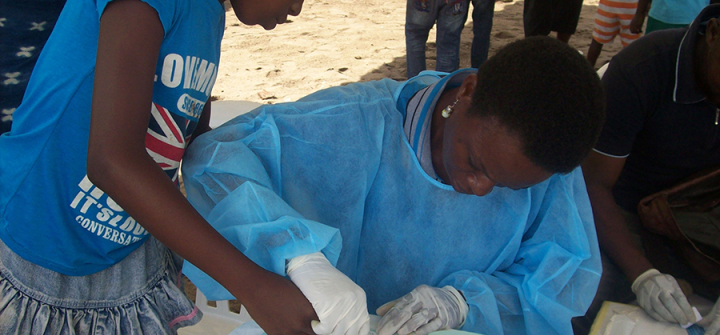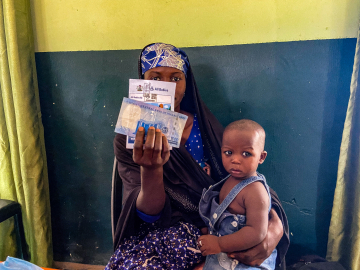To Vex the Vectors, Look Beyond Vaccines
Most arbovirus infections, from Zika virus, to West Nile virus, to dengue fever, have no specific treatment or vaccine—with a couple of notable exceptions, such as yellow fever.
Unfortunately, though, despite the UN’s ambitious plan to vaccinate nearly one billion people in 27 African countries for yellow fever, shortages and poor immunization coverage challenge the effectiveness of this vaccine. In Côte d'Ivoire, Africa, where I work, 112 confirmed cases of yellow fever were recorded between 2010 and 2016, with some deaths resulting. The estimated vaccination coverage during the same period ranged from 48% to 84%.
That makes it especially important for infectious disease researchers to step up efforts to monitor the risk of mosquito-borne diseases and measure the effectiveness of different mosquito control methods, particularly when faced with an outbreak or pandemic.
But today’s surveillance tools are inadequate. The most commonly used indicators focus on the density of immature stages of mosquitoes caught in breeding sites or traps. However, many potential breeding sites are inaccessible, and traps for adult mosquitoes—the only mosquitoes capable of transmitting viruses—are inefficient.
A more accurate way to estimate contact between people and mosquitoes is to use human volunteers as bait, to attract female mosquitoes in search of blood meals. However, as it involves exposing people to mosquito bites and disease, it presents obvious ethical concerns.
The reliance on these methods, which are still used for lack of better tools, hinders work to predict the risk of arbovirus transmission—revealing an urgent need for more efficient tools.
In response, our team developed and validated a complementary tool to evaluate human-vector contact: a salivary biomarker of exposure. This immuno-epidemiological method measures a person’s immune response against specific salivary proteins from mosquito bites. The immune response can reveal individual and community level exposures. And, it is particularly sensitive in areas experiencing low exposure to mosquito bites, where traditional methods present considerable limitations.
For example, our work in southeastern Côte d'Ivoire included one area where the entomological data showed a low level of malaria transmission, while the parasitological data showed a high transmission of malaria with a high Plasmodium infection. Tests using a salivary biomarker revealed a high exposure of study populations to vector bites, which confirmed the parasitological data.
In the same area, our salivary biomarker also revealed human exposure to Aedes bites in test areas, even though the mosquito traps did not catch any Aedes species. However, we confirmed the presence of the immature stages of Aedes mosquitos by catches with our ovitraps.
Next, we’d like to make this new immuno-epidemiological method more operational in the field. To that end, we’re exploring ways to develop such salivary biomarkers using a rapid diagnostic test (i.e., an auto-reactive dipstick). This new tool will be particularly adapted to field conditions, and geared toward acceptability by people in the region.
Céline Mabot Yobo is a PhD student at the Nangui Abrogoua University of Abidjan in Côte d’Ivoire, Africa. She was a 2017 recipient of the American Society of Tropical Medicine and Hygiene/Bill & Melinda Gates Foundation travel award. These awards facilitate participation for qualified students, early career investigators and scientists actively working in the tropical medicine field who might not otherwise be able to attend the Society’s Annual Meeting
Join the tens of thousands of subscribers who rely on Global Health NOW summaries and exclusive articles for the latest public health news. Sign up for our free weekday enewsletter, and please share the link with friends and colleagues: http://www.globalhealthnow.org/subscribe.html
Céline Mabot Yobo collects a drop of blood from a young girl for immunological analysis. Image: Courtesy




